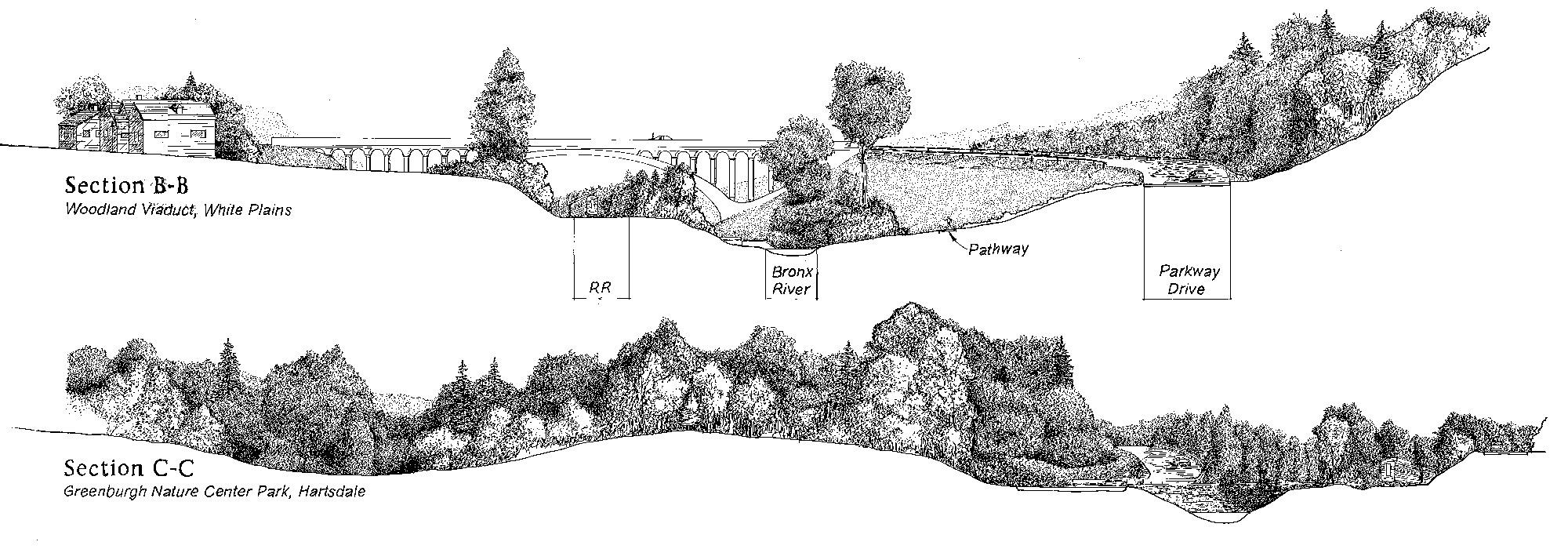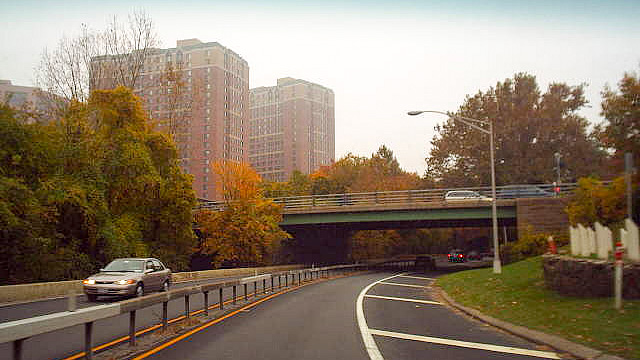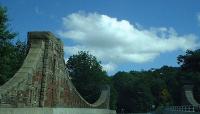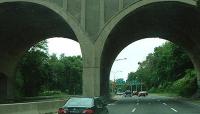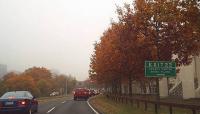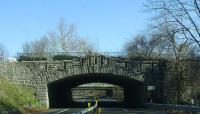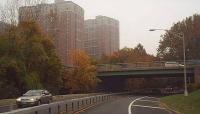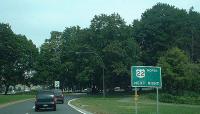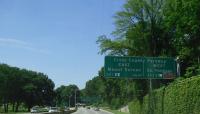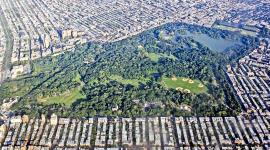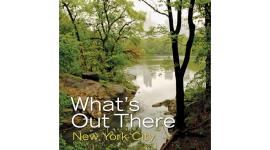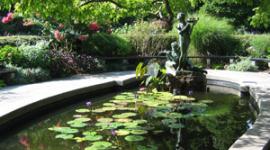Landscape Information
Established to help clean the polluted Bronx River, this 15.5-mile parkway lays within the 1,155-acre Bronx River Parkway Reservation. The Westchester section of the parkway, built between 1917 and 1925, was the nation’s first limited-access highway; construction of the Bronx section began during the early 1920s with landscape architect Hermann Merkel and field supervisor Gilmore Clarke.
The early automotive era challenged designers to retain traditional aesthetic standards while accommodating the demands of early automobiles. Bronx River Parkway design solutions set precedent across the country. The passages of scenery of open space, woodland, and rocky ledges that characterize the drive and the river are nearly always in sight. As part of this work, seven miles of billboards that previously lined the Bronx River were removed. Engineers Leslie Holleran and Arthur Hayden developed rigid frame bridges, allowing wider spans and thinner profiles, facilitating construction of split grade interchanges. Faced with regional stone, the bridges were part of a larger rustic furnishing palette that included footbridges, signage and lampposts.
After World War II Robert Moses continued the route of the Bronx River Parkway to the Sound View community of the Bronx. This section, completed between 1950 and 1952, incorporated twelve-foot-wide lanes.
The northern 13.2 miles of the Bronx River Parkway Reservation was listed in the National Register of Historic Places in 1991.



